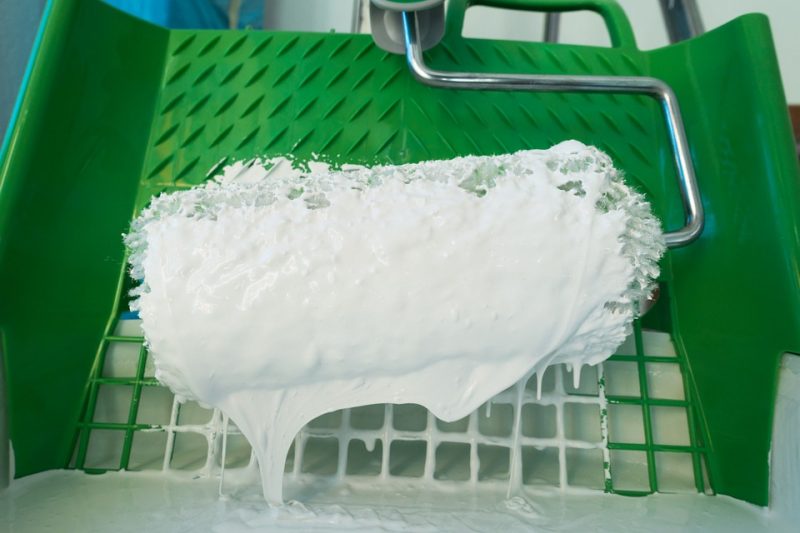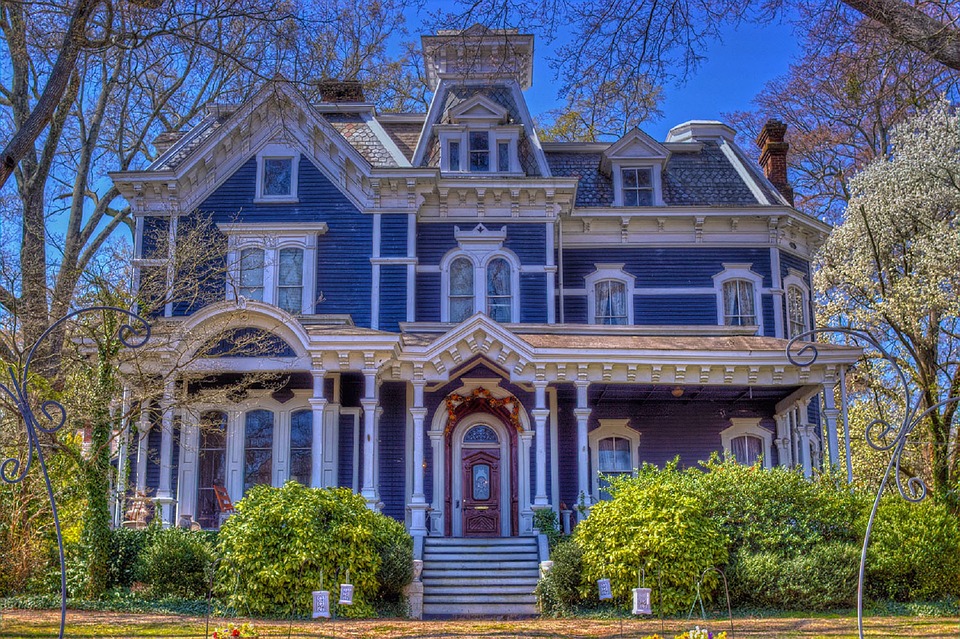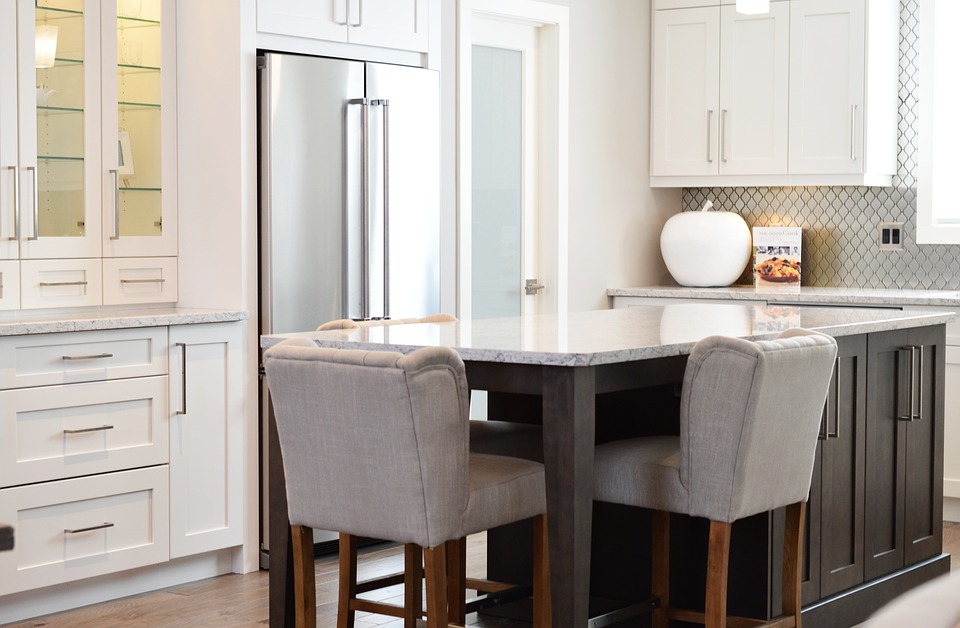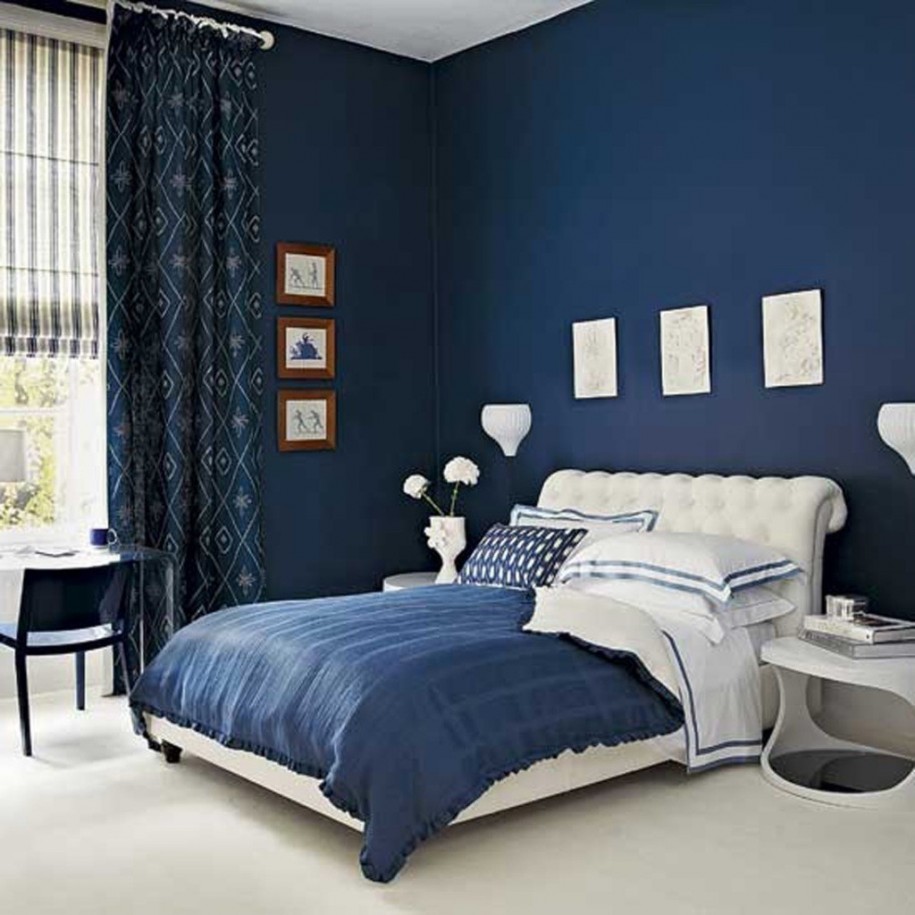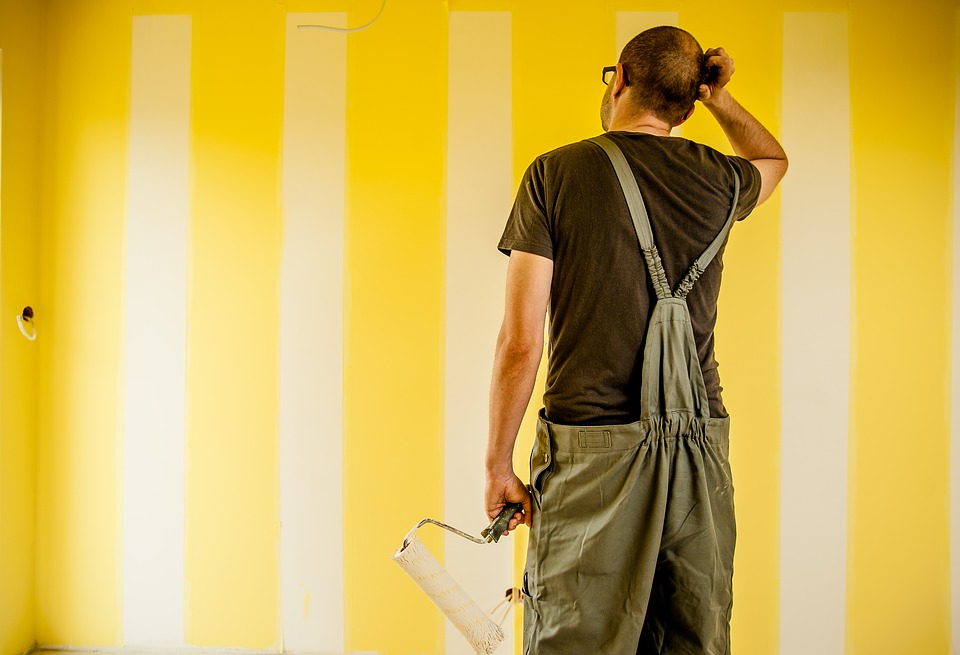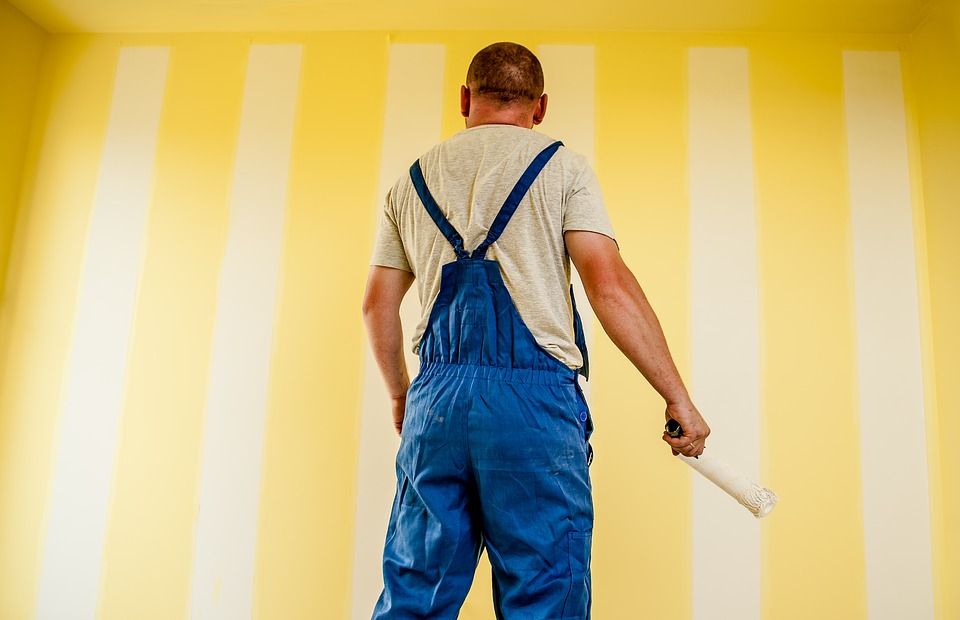It’s not enough to simply pick a color for you room – it’s the sheen that ends up having a massive effect on its eventual overall look. Even two paints that are the same color can have a very different effect based on their sheens, with flat paints looking very different from their glossy counterparts.
There are a wide variety of different sheens to choose from, ranging from flat sheens that reflect almost no light to glossy sheens that reflect a large percentage of it. Here’s a quick run-through of the most common sheens and how they work:
Flat Sheens
Flat sheens soak up light, rather than reflecting it back into the room. That means that imperfections and joints are well hidden; it’s a forgiving sheen that hides rather than highlights errors and problems. The trade-off, of course, is that it’s not a particularly durable finish. It needs to be cleaned more carefully than glossier sheens, because over-scrubbing a flat screen could actually remove the paint from your walls.
When you add it altogether, flat sheens are perfect for low-traffic rooms and rooms that don’t require regular cleaning. For your master bedroom or a dining room, a flat sheen can be a great way to give a nice solid look without requiring multiple coats of paint to look well. In a more high-traffic area like the living room, however, it can be more problematic, and you should probably go up a notch or two on the sheen scale.
Eggshell or Satin Sheens
Eggshell and satin sheens are the next level up from flat when it comes to reflecting light. Eggshell sheens are basically flat finishes with just a tad more subtle luster added. Compare a white egg to a white piece of paper, and you’ll get some idea what we mean – it’s got a little more of a hint of reflection to it. Satin is one notch further up the luster scale from eggshell, but both serve roughly the same function and purpose. They’re not as shiny as you’ll get from a semi- or high gloss sheen, but they don’t have the chalky, flat appearance of a flat sheen.
As your sheen gets more reflective, you’re making a trade-off between durability and forgiveness. The more light your paint reflects, the more little imperfections in your wall will be noticeable, making satin or eggshell scenes a poor choice for a more damaged area. On the other hand, higher-gloss sheens are more durable. A kitchen, which requires regular cleaning, should be given a higher level of sheen than a bedroom.
Semi- or High Gloss Sheens
At the high end of the sheen scale you have semi- and high-gloss paints. These reflect the most light possible, amplifying both the benefits and drawbacks of the satin sheens. They’re extremely durable – high-gloss sheens are practically impervious to damage or stains. They also will light up any wall imperfections like you’re shining a spotlight on them, so be cautious.
You likely wouldn’t want to paint an entire room with a high-gloss paint; it’s a bit too intense. What it is really good for, however, is for highlights – trims, doors cabinets and the like. Its light-reflecting properties are great for smaller spaces, spreading the light and creating the illusion of space.
To pick the right finish for your job, trust the experts at Premier Painters! With over 20 years of experience, we’ll help find the best look for your home.

